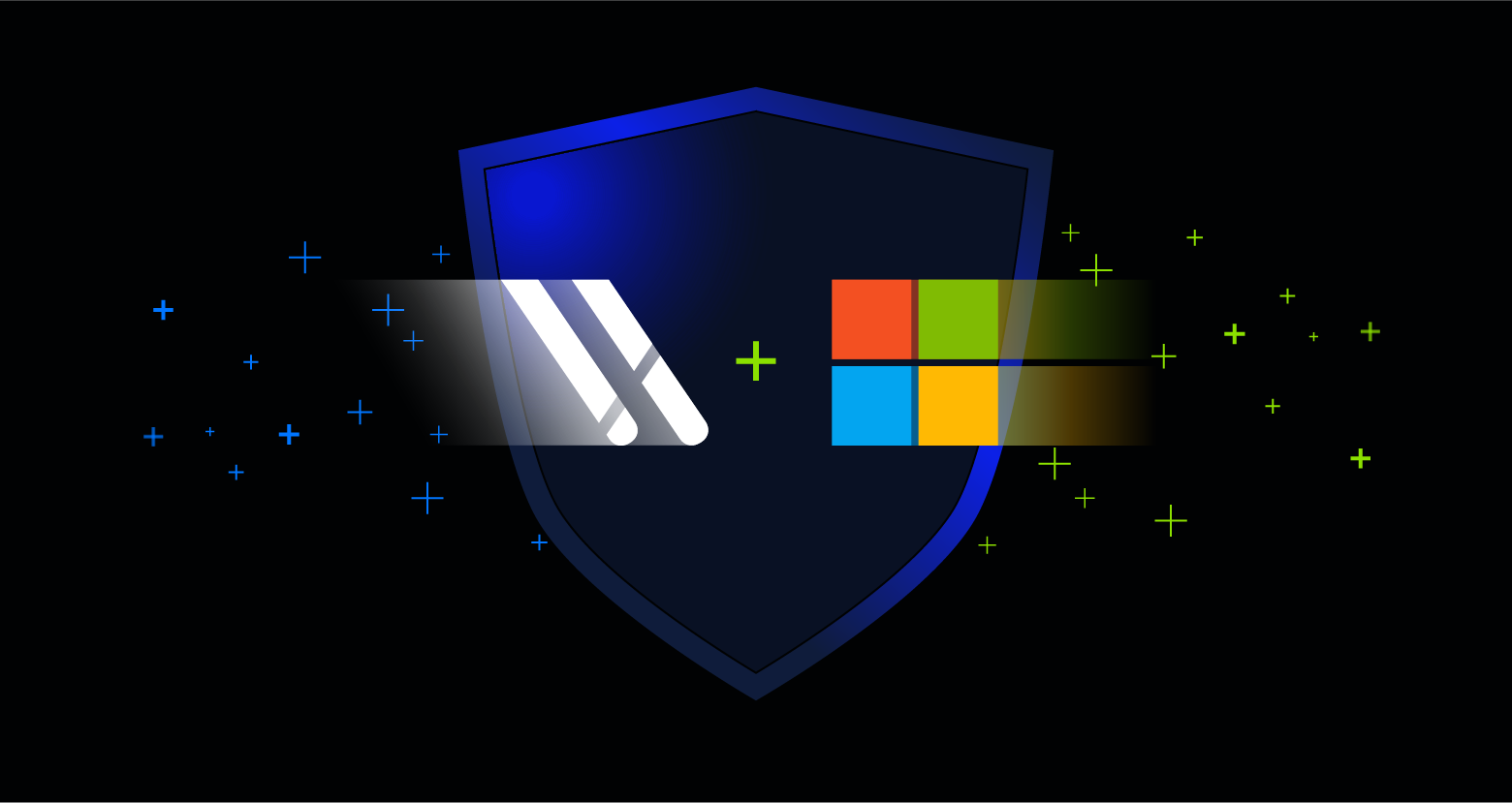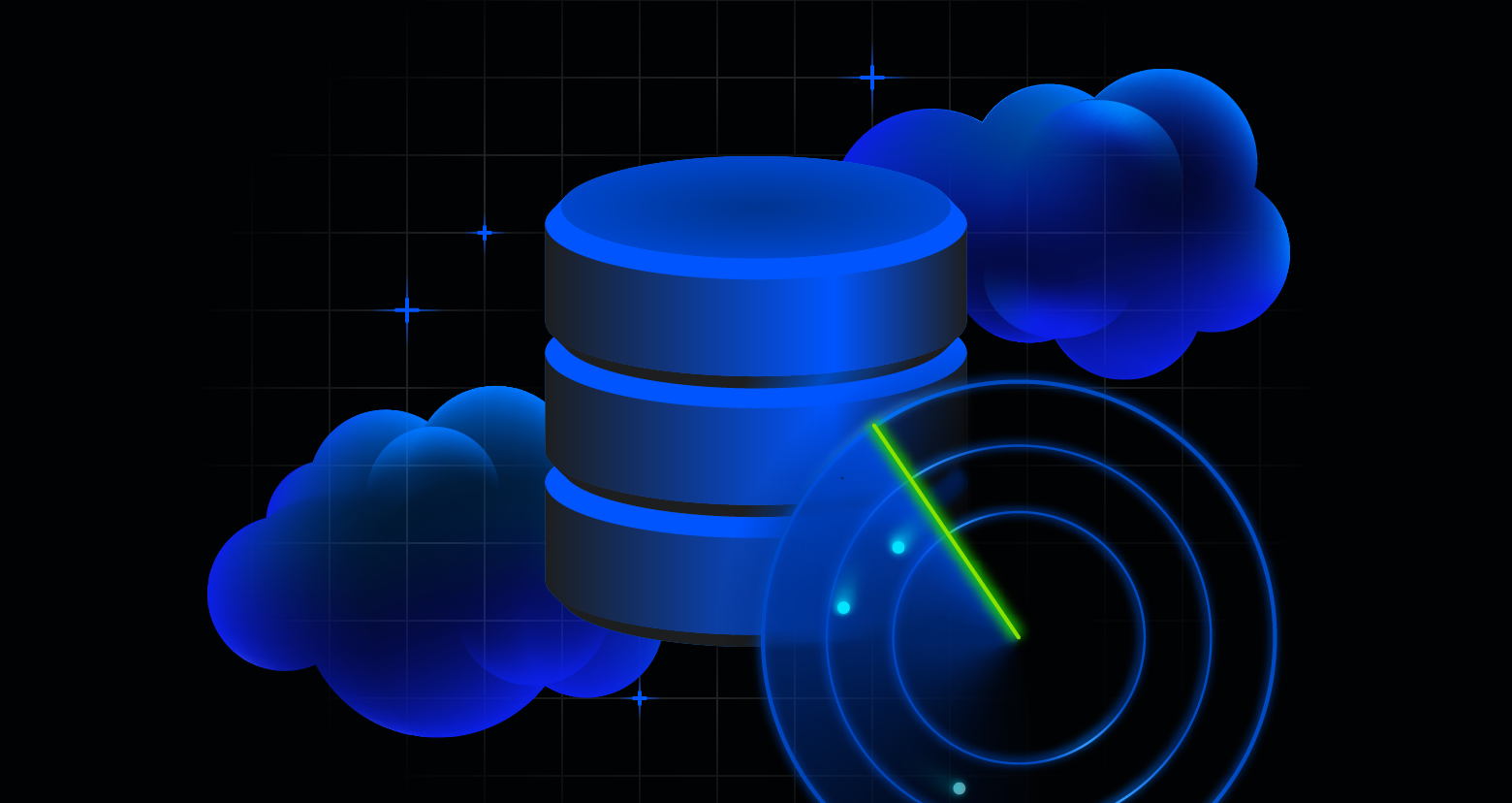In one of our recent posts, What About Individual Users on ACL’s? I mentioned that some organizations have opted for using Windows share permissions instead of NTFS permissions for file shares. This approach goes against Microsoft’s recommendations, but it has one advantage: sharing permissions are applied more or less instantaneously, where NTFS permissions can take a long time to apply to all the files and folders in a big hierarchy. So what’s the downside? Three problems associated with using only share permissions are:
- Share permissions levels are full, write (change), and read—NTFS permissions offer many more options.
- Unlike NTFS permissions, share permissions only apply when you are accessing files and folders via that share—local access and access via another share, for example, are not subject to the permissions set on the (first) share.
- Related to number 2, you can have multiple shares in the same hierarchy, or “nested shares.” Each share may have different permissions, so determining someone’s effective permissions can be confusing.
As an example to illustrate the third issue, let’s say you have a simple folder tree, like the one shown below:
Hate computers professionally? Try Cards Against IT.
It has three folders, A, B, and C, where B contains C and A contains B and C. The arrows indicate that both A and C are set up as shares. Let’s call our server, “foo,” and the share names for A and C, “shareA” and “shareC.”
Let’s say that the share permissions on shareA are set to everyone read, and the share permissions on shareC are set to everyone read + write. For the sake of simplicity, let’s also assume that NTFS permissions on all files are open to everyone (by the way, these are examples of “open shares,” and they are definitely not something that you, your security team, or your auditors want on your network—we’ll discuss open shares in a future post).
When you access a share over the network, you typically either “map a drive,” or type an address into windows explorer. Either way, you’re accessing a share via what’s known as a UNC path, which looks like this:
\\[ServerName]\[Sharename]\[folders]\[files]
So, if you want to create or look at some files in folder C, you can access them in two ways:
- \\foo\shareC\
- \\foo\shareA\B\C\
Since the share permissions set on shareC are read + write, you’ll be able to read and write files in C if you access the files using the first path, but you’ll only be able to read files if you access them via the second path. These kinds of situations can result in lots of helpdesk calls, since users will get different access rights depending on how they got to a file or folder.
It gets more confusing when you start restricting the share permissions to groups, and even more confusing when you start using (as you should) NTFS permissions. One common security issue arises when an organization is unaware of these nested shares—it thinks its files are secure because the known shares are locked down, but someone has created a more permissive share somewhere deep in the hierarchy that has gone unnoticed.
Using an automated data governance solution like Varonis DatAdvantage can help organizations identify nested shares, open shares, and view effective permissions (share + NTFS permissions).
What should I do now?
Below are three ways you can continue your journey to reduce data risk at your company:
Schedule a demo with us to see Varonis in action. We'll personalize the session to your org's data security needs and answer any questions.
See a sample of our Data Risk Assessment and learn the risks that could be lingering in your environment. Varonis' DRA is completely free and offers a clear path to automated remediation.
Follow us on LinkedIn, YouTube, and X (Twitter) for bite-sized insights on all things data security, including DSPM, threat detection, AI security, and more.










